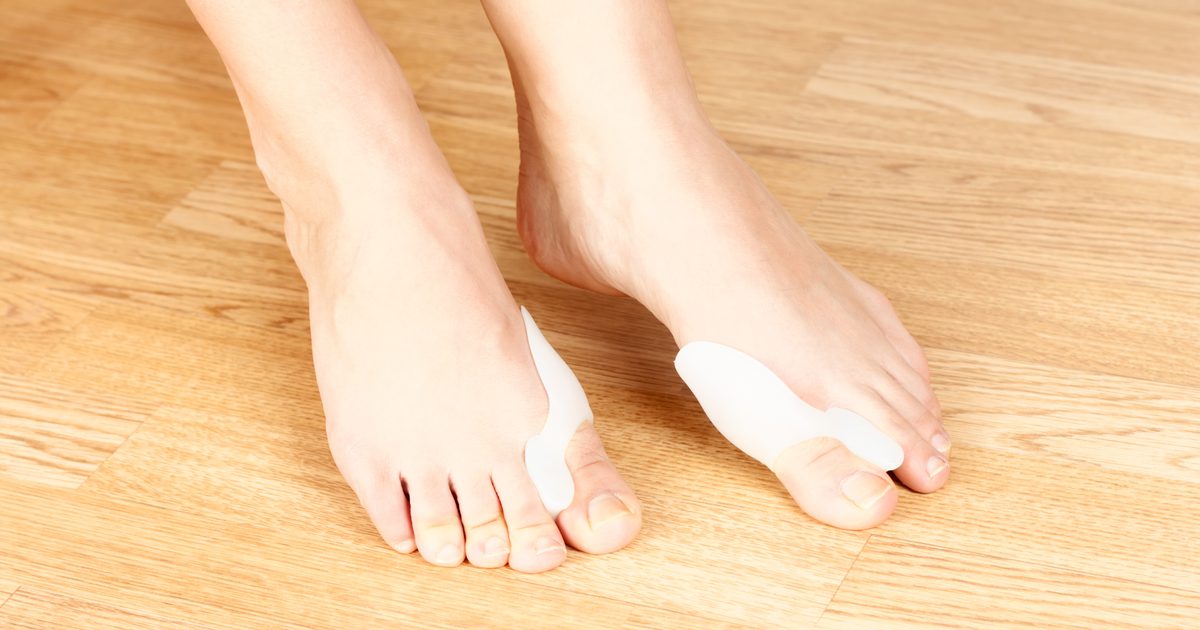How To Easily Treat And Prevent Bunions
Bunions are lumps of bone that grow near the base of the big toe. This common condition, also known as hallux valgus, affects more than three million Americans each year. Women are more likely to be affected than men, and the risk of bunions increases with age. In addition to bunions affecting the big toe, a less common type of bunion, the bunionette or 'tailor's bunion,' occurs when a bony growth forms on the outside of the little toe. Bunions develop over several years and are considered a chronic condition. They can be caused by inherited structural abnormalities of the foot and by diseases such as arthritis, as well as from stress placed on the foot.
The bony growths can compromise normal foot function and make walking difficult, leading affected individuals to adopt a more sedentary lifestyle and stop exercising, adversely impacting the patient's quality of life. Bunions usually cause complications within the foot itself, including corns, calluses, ingrown toenails, bursitis, and pain in the ball of the foot.
Let's investigate some treatments that may help resolve bunions.
Bunion Pads

Since bunions are a gradual and progressive condition, bunion pads are often helpful in the early stages of this orthopedic problem. One of the most conservative treatments available, these pads are sold at grocery stores and pharmacies and can also be found at shoe stores. Bunion pads work by providing a cushion for the bunion itself and alleviating pressure on it and the surrounding toes. Both moleskin and gel cushion devices are available for bunions. The pads should be wrapped around the bunion and may need to be secured with bandages or tape for extra support. When using bunion pads, ensure there is sufficient space for the pad inside the shoe to avoid placing additional strain on the toes.
Continue reading to reveal more treatments for bunions now.